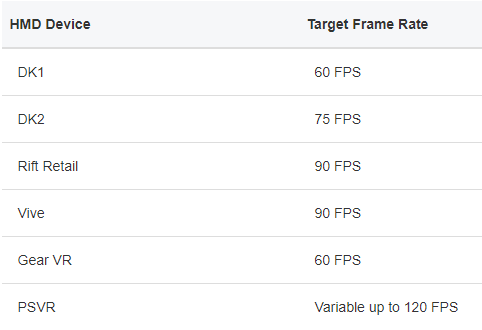Though VR is capable of delivering immersive, visceral, digital experiences to players, it is important to note that it is not without its limitations. Beyond all the RAM, processing power, sensors, cords, and controllers that VR demands, this technology has shown us some of our own limitations—the most well-known of these being VR sickness or the disconnect between what our vision is showing us and what the rest of our senses are perceiving. Most commonly felt during movement within a VR game, VR sickness, or simulation sickness, may cause any of the following:
- Nausea
- Dizziness
- Disorientation
- Sweating
- Various other ailments
All of these things are things we don't wish to be a part of any player's experience. These can be caused by features within games that we sometimes take for granted in a non-virtual environment, such as taking control away from the player to show them a cutscene, using camera bob, camera shake, or overriding the player's field of view. Issues can also can arise from the framerate dropping too low. For this reason, we as developers must be constantly aware of our game's performance on our chosen platform. In the following screenshot, we have the recommended framerates for several of the VR headsets that Unreal Engine 4 supports:

Choosing a method of locomotion and turning that provides the player with a constant and steady feeling of acceleration, and is just one way to do this. Some established methods of locomotion that have arisen from development in VR techniques include cockpit-based, natural, artificial, physical, and teleportation. We will learn more about these methods of locomotion and how they might suit our game in Chapter 2, Locomotion, Design, and Starting Our Project. Other methods of controlling VR sickness include avoiding cinematic camera effects that alter the player's vision, such as motion blur and using dimmer lighting. Bright colors and blurring effects will cause players nausea as a result of eye strain. Finally, it is also worth noting that medical science has still not thoroughly studied the effects of the prolonged use of VR, as well as the issues that might arise from children regularly using the device. As designers, player experience should always be at the front of our minds, and keeping our players from being physically uncomfortable is one of the most important ways we can keep them coming back to our game.












































































